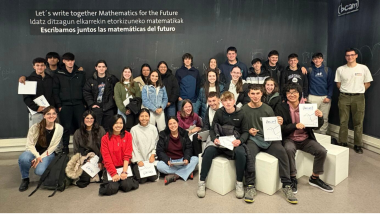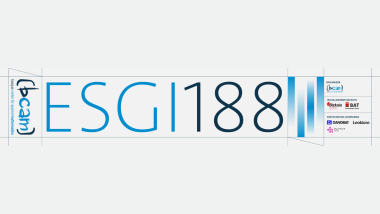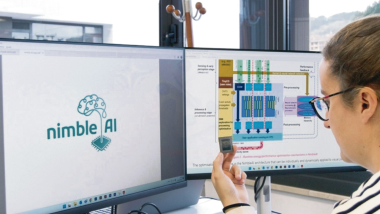Atomistic Insight into the Fundamental Li-ion Conduction in Substituted Solid Electrolytes for Lithium Batteries
- The members of the Modelling and Simulation in Life and Materials Sciences group (MSLMS) led by Ikerbasque Professor E. Akhmatskaya at BCAM, in collaboration with CIC energiGUNE researchers, have published a high impact paper on the topic in ACS Applied Materials & Interfaces
From the electrification of transportation (e.g., electric vehicles) to the support of smart grids (e.g., storing wind), rechargeable Li-ion batteries are called to create a new energy paradigm. Yet, progress in these fields demands new and improved materials with high ionic conductivities. In particular, in many applications, it is of utmost importance to replace current flammable and toxic organic liquid electrolytes with an inorganic solid alternative, which can offer improved safety by preventing thermal runaway in case of battery failure.
Garnet-structured Li7La3Zr2O12, a promising solid electrolyte for next-generation solid-state Li batteries, could be one of those alternatives. However, sufficiently fast Li-ion mobility required for battery applications only emerges at high temperatures, upon a phase transition to cubic structure. A well-known strategy to stabilize the cubic phase at room temperature relies on aliovalent substitution; in particular, the substitution of Li+ by Al3+ and Ga3+ ions. Yet, despite having the same formal charge, Ga3+ substitution yields higher conductivities (10–3 S/cm) than Al3+ (10–4 S/cm). However, a fundamental understanding of such difference in Li-ion conductivity is lacking.
For the first time, the atomistic origin of this phenomenon has been unveiled thanks to the advanced mathematical methods developed at the Basque Center for Applied Mathematics - BCAM (enhanced sampling Hybrid Monte Carlo methods, multi-stage integration schemes and optimized force fields). The members of the MSLMS group F. A. García Daza, M. R. Bonilla and E. Akhmatskaya, in collaboration with the CIC energiGUNE researchers J. Carrasco and A. Llordés, have published a study on Atomistic Insight into Ion Transport and Conductivity in Ga/Al-Substituted Li7La3Zr2O12 Solid Electrolytes in the prestigious scientific journal ACS Applied Materials & Interfaces.
The results of their work show that vacancies generated by Al/Ga substitution are trapped in the vicinities of Ga3+ and Al3+ ions, affecting negatively the promotion of Li+ mobility. Nevertheless, while Al3+ ions tend to completely block its neighboring Li+ diffusion paths, the more repulsive interactions associated with Ga3+ ions lead to only a partial blockage of Li+ diffusion. This effect is increased at lower temperatures, and explains the higher conductivities observed for Ga-substituted systems. Overall, this study provides a valuable insight into the fundamental ion transport mechanism in the bulk of Ga/Al-substituted Li7La3Zr2O12 and paves the way for rationalizing aliovalent substitution design strategies for enhancing ionic transport in these materials.
Related news
About the center
About the center




